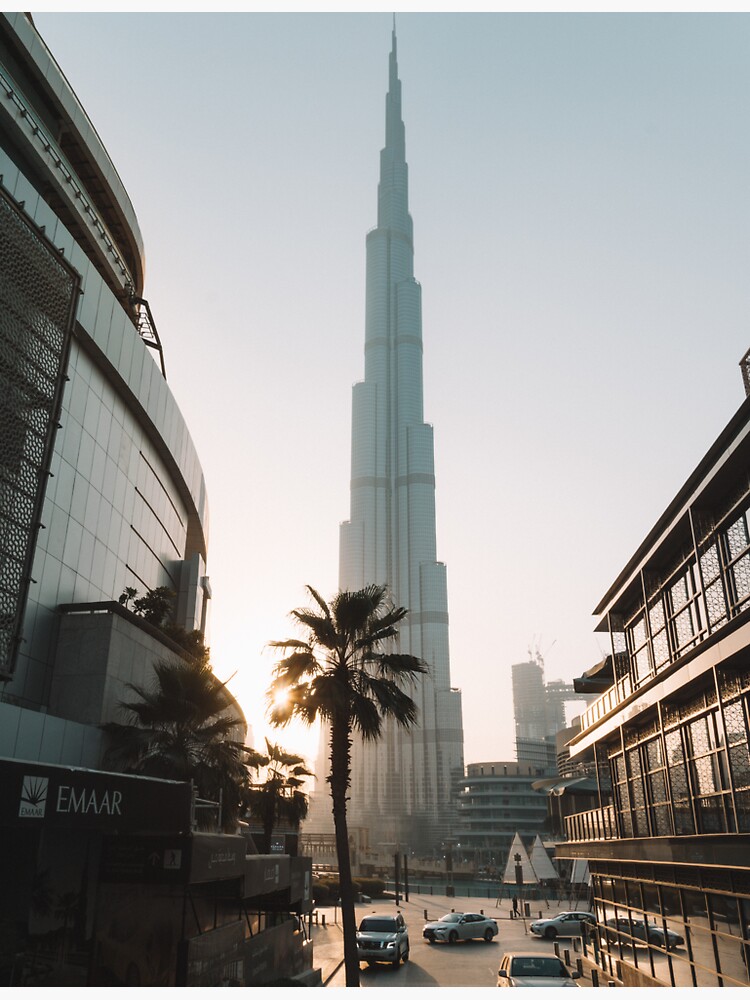
Emaar the Economic City (Emaar EC), the developer behind the ambitious King Abdullah Economic City (KAEC) project, has announced a comprehensive capital optimisation strategy valued at 8.7 billion Saudi riyals ($2.32 billion). The plan, which includes restructuring existing debt and reducing the company’s capital, aims to improve the company’s financial standing as it navigates the complexities of developing one of the region’s largest economic hubs.
Emaar EC’s board approved the plan, which will see the company undertake significant financial measures, including the conversion of key debts owed to the Saudi Public Investment Fund (PIF) and the restructuring of bank liabilities. The capital reduction is expected to address accumulated losses, providing a leaner financial structure for the company’s future growth.
The restructuring of debt is one of the core elements of this plan. Emaar EC has about SAR 3.8 billion in outstanding bank debt that will be renegotiated under more favorable terms. Bank debts often pose challenges for large developers, especially in uncertain economic climates, and renegotiating the terms offers Emaar EC the flexibility to manage its cash flow more effectively. This is crucial for a company like Emaar EC, which operates large-scale projects that require considerable upfront investment.
A major highlight of the plan involves converting SAR 4 billion in debt owed to the Public Investment Fund (PIF), the sovereign wealth fund of Saudi Arabia, into equity. PIF has been a significant financial supporter of Emaar EC, and this conversion marks an important step in reducing the company’s debt burden while increasing PIF’s stake in Emaar EC. This move not only reduces the company’s liabilities but also aligns its interests more closely with the kingdom’s broader economic goals. The PIF, which has a mandate to promote economic diversification and sustainable development in Saudi Arabia, views KAEC as a strategic asset in the nation’s Vision 2030 plan.
Additionally, the optimisation plan proposes a new convertible shareholder facility from PIF, up to SAR 1 billion. The shareholder facility will serve as a buffer for the company’s financial needs and support its ongoing development projects. By making this facility convertible, PIF increases its potential equity in Emaar EC, reflecting confidence in the long-term success of KAEC. These steps collectively aim to strengthen Emaar EC’s balance sheet, reducing its reliance on external debt and placing it on a more sustainable financial footing.
The capital reduction proposal is another pivotal part of the strategy. Emaar EC’s board has approved a 49.7% capital reduction, which will decrease the company’s share capital from SAR 8.5 billion to SAR 4.29 billion. This reduction is aimed at offsetting accumulated losses that have built up over the years due to the large-scale nature of KAEC and the long timelines associated with such developments. Reducing the capital effectively realigns the company’s financial structure, allowing it to operate with a healthier balance sheet and better prospects for future profitability.
KAEC, situated on the Red Sea coast, is one of Saudi Arabia’s most ambitious urban development projects. The city, which spans over 181 square kilometers, is envisioned as a major economic and logistics hub, connecting global markets through its strategic location. Despite its potential, developing such a massive project has come with significant financial challenges for Emaar EC, especially in terms of managing long-term debt and balancing the costs of infrastructure development with cash flow from property sales and leasing. This capital optimisation plan is seen as a critical step in ensuring that the project can continue on its path toward completion while maintaining financial stability.
Emaar EC’s decision to reduce capital and restructure debt aligns with the broader trends seen across the real estate and construction industries in the Gulf region. With many large-scale projects requiring extensive financing, companies often accumulate substantial debt, which can weigh heavily on their financial performance. By restructuring their liabilities and converting debt into equity, developers like Emaar EC can create more sustainable business models that are less dependent on external financing and more resilient to market fluctuations.
This move also underscores the Saudi government’s commitment to supporting its key projects through the Public Investment Fund. PIF’s willingness to convert its debt into equity demonstrates its confidence in KAEC’s long-term success and its role in transforming Saudi Arabia’s economic landscape. The PIF has been increasingly involved in the development of strategic projects that align with Vision 2030, including real estate, tourism, and industrial zones like KAEC. As such, its involvement in Emaar EC is likely to provide the developer with continued access to capital and strategic guidance as it progresses with its developments.
The plan comes at a time when Saudi Arabia is pushing forward with its Vision 2030 economic reform agenda, which seeks to diversify the economy away from oil dependency and create new sectors of growth, such as tourism, logistics, and manufacturing. KAEC plays a pivotal role in these plans, as the city is designed to become a major hub for trade and industry. The optimisation of Emaar EC’s financial structure is expected to help the company focus more on achieving its development goals, without being hindered by the burden of excessive debt.



